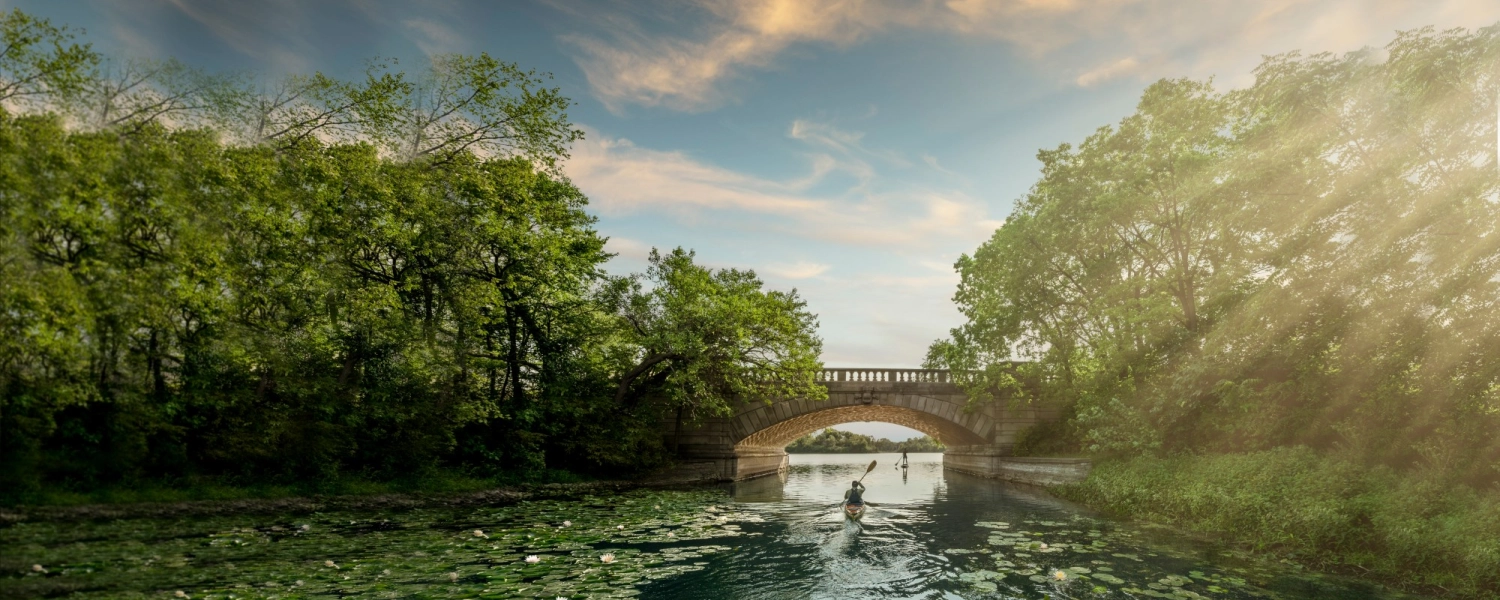- Details
- Written by: Jack Clayton
How many of you, especially after the year we’ve just had, would like to own your very own island? I imagine, without being able to see or hear any of you that a lot of you just put your hand in the air or said words to the effect of “Yeah, actually… owning my own island would be class.”
Back in 2011, Adam and Cathra Kelliher bought Taransay – a remote Scottish island made famous by the BBC show ‘Castaway’. The Kellihers, who already owned the historically significant Borve Lodge Estate on South Harris, fought off some fierce competition for Taransay from Ben Fogle. Fogle made a name for himself on ‘Castaway’ so, naturally, it was a story that captured the public’s imagination and thrust the island back into the spotlight.“A remote Scottish island made famous by the BBC show ‘Castaway'”Since then, Adam, a New Zealander by birth who spent 14 years working as a TV cameraman in war zones, and his wife Cathra have set about rewilding their Highland island paradise. Keen to find out more about their decision to buy the island, the responsibility they feel towards it, and their vision for the future we fired some questions over to Adam. You’ll find the answers to those questions right beneath this nice aerial shot of Taransay.
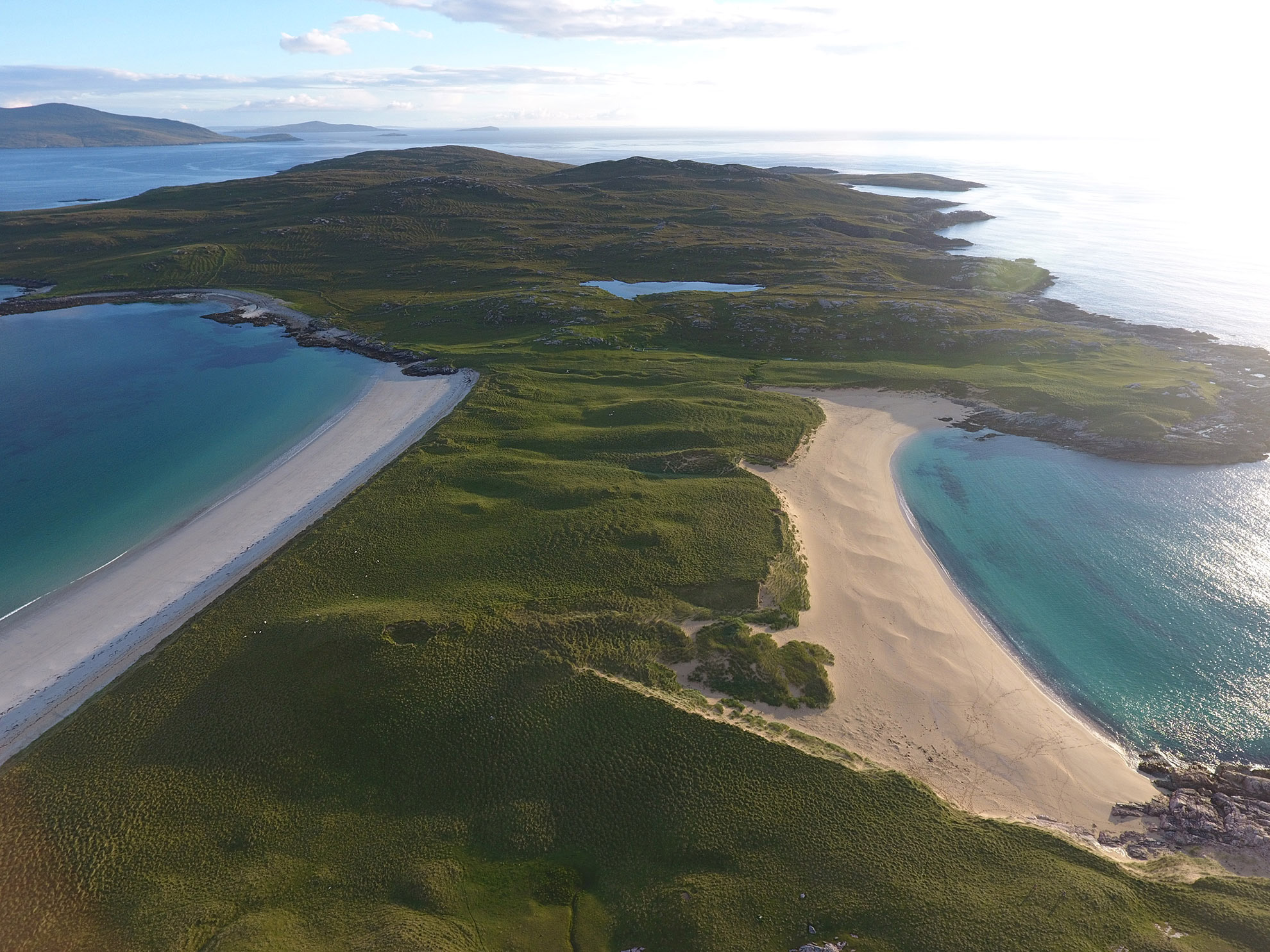
“It just felt ‘right’ and something we would have regretted for the rest of our lives if we hadn’t gone for it”We had visited only a few times, but on each trip, were taken by the calmness and majesty of the island. Then my wife Cathra called me one day while I was at work to say there was photo spread in a national daily saying that Taransay, the ‘Castaway Island’ (known for the being the location of the BBC reality TV show) was for sale. We knew the owners, the MacKay family, but the fact that they were selling it was a real surprise to us. Anyway, Cathra and I had a very brief discussion, and were immediately in agreement: this was one of the those ‘once in a lifetime’ opportunities, as Scottish islands are rarely for sale, and particularly one as precious as Taransay. It was very much an emotional buy. It was instinctive. It just felt ‘right’ and something we would have regretted for the rest of our lives if we hadn’t gone for it. So we did.
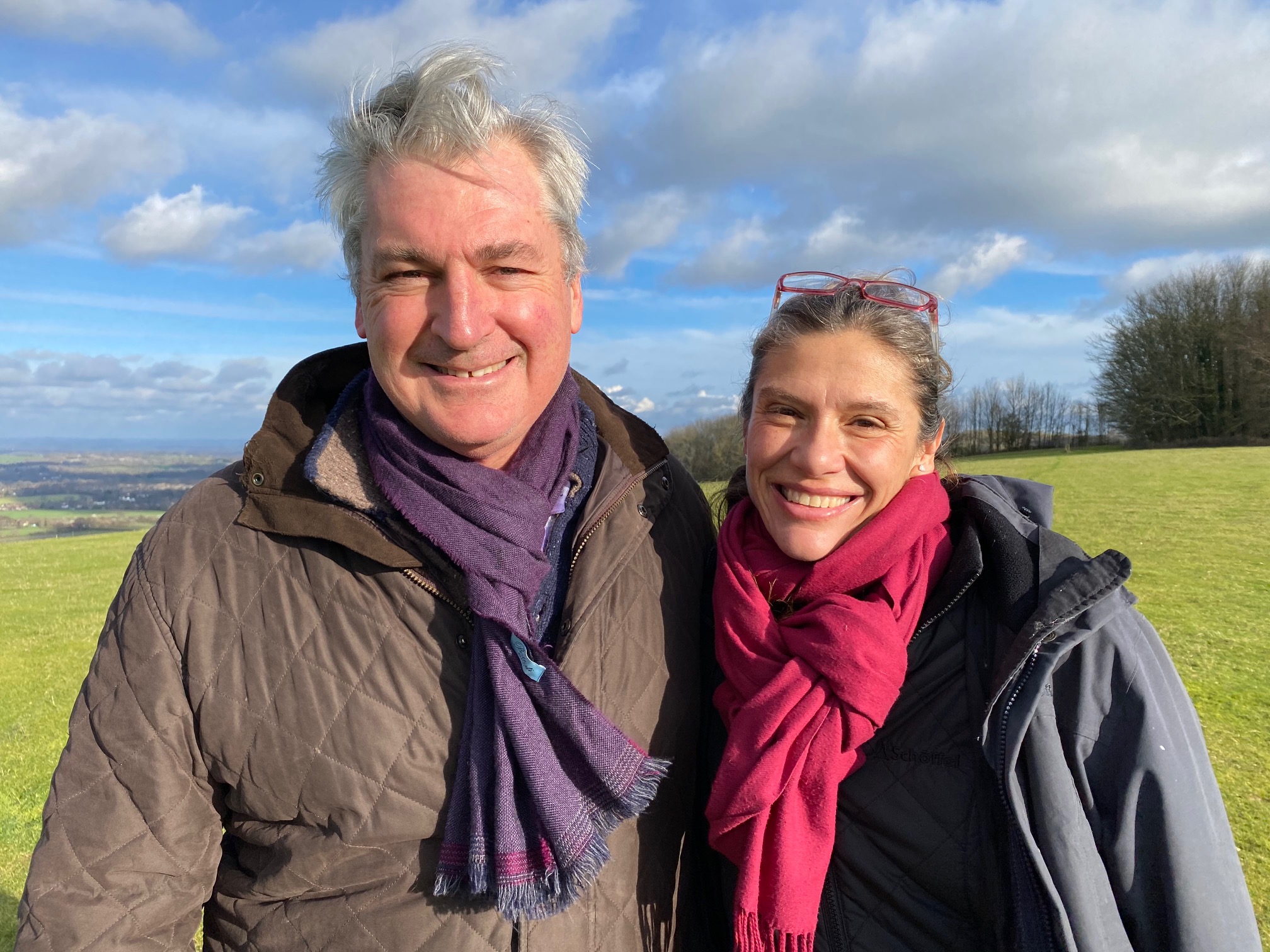
“There was evident competitive pressure, and a lot of media interest too, because of Castaway”In the instance of Taransay, there was evident competitive pressure, and a lot of media interest too, because of Castaway. But we moved, and very quickly: I think we found out about the sale on a Thursday, and had won a brief but nerve-rattling bidding battle against another buyer by the following Tuesday. That was when we learned that our ‘best shot’ had won, and we were now custodians of this very special island.
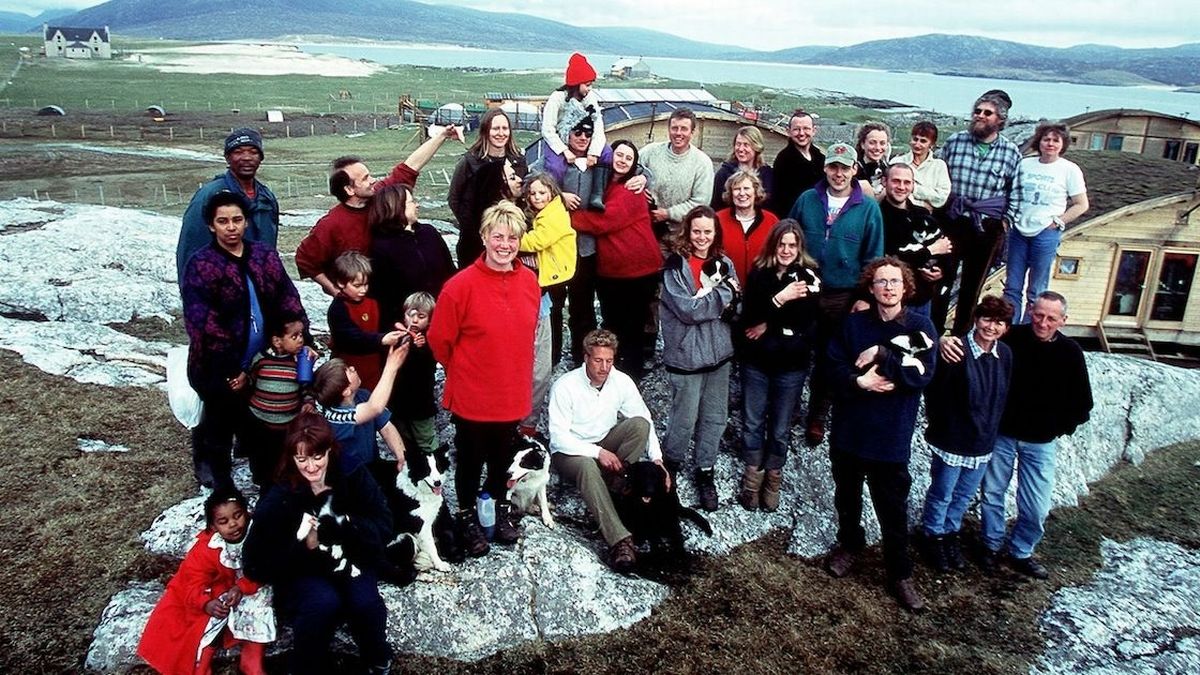
“When you are camping out on the far side of Taransay, with views out to the Atlantic… there really is nowhere else you want to be”Being on Taransay you cannot help but to feel all the lives that have passed there before you. They are evident in the nobbles of grass growing over the remains of blackhouses, or in the ridges that were once lazy beds, stretching down even the steepest of slopes. This is mixed with a sense of awe that if you do this right – in this busy and crowded world threatened by so many things including climate change – you have a chance to preserve a place of such extraordinary beauty in terms of the wildlife, but also in terms of human history.
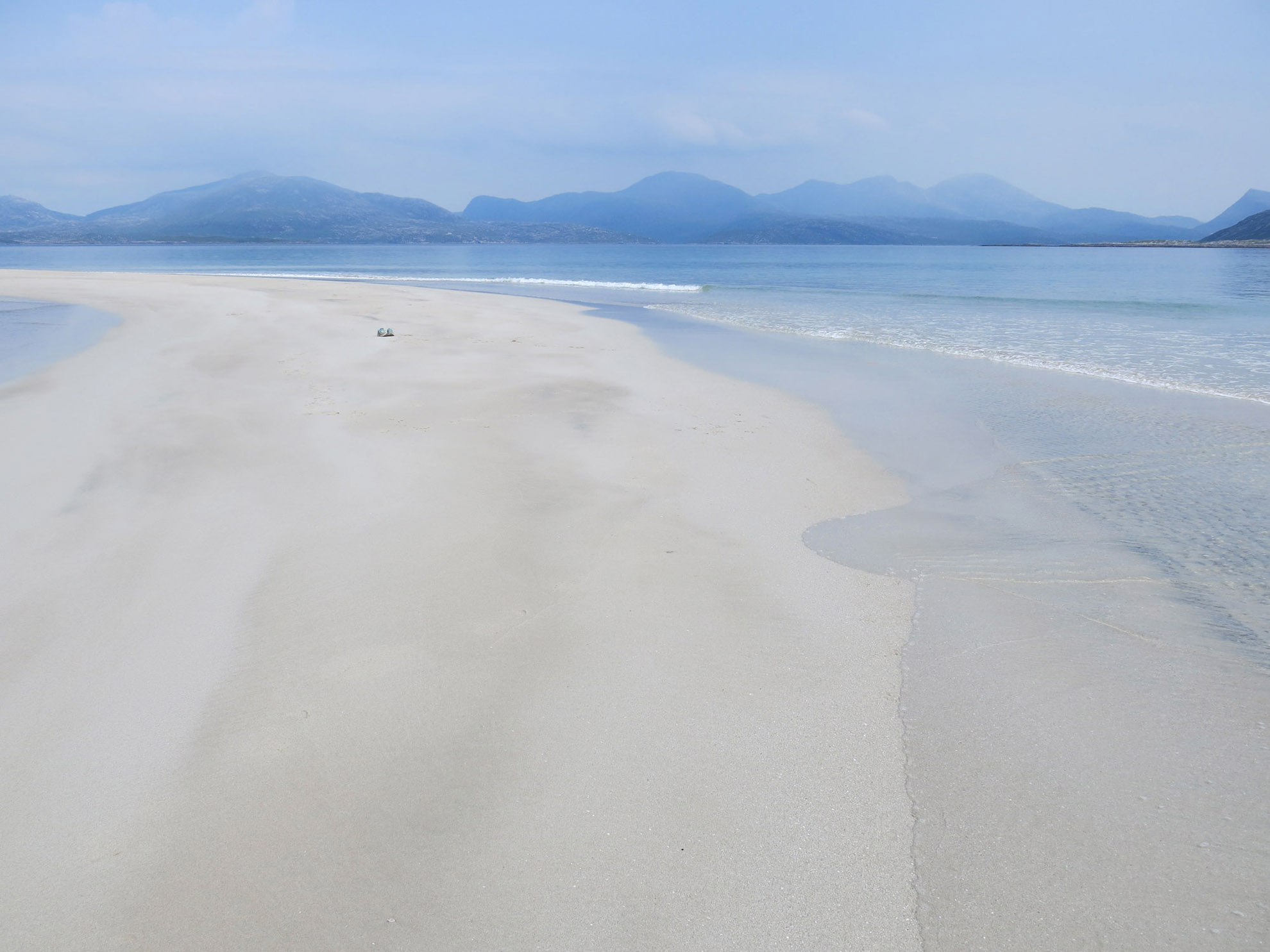
“When you are over there, the pandemic seems very distant, and so you can have a bit of a mental reset”We felt that to go would be irresponsible, and so we decided to stay put in the south. We did make it up during summer, when the lockdown relaxed, and did enjoy some very genuine self-isolation on Taransay. And it must be said, when you are over there, the pandemic seems very distant, and so you can have a bit of a mental reset. When you are in the middle of the biggest city in the UK in the middle of a global pandemic, the thought of one day getting back to Taransay is certainly something that has kept us going.
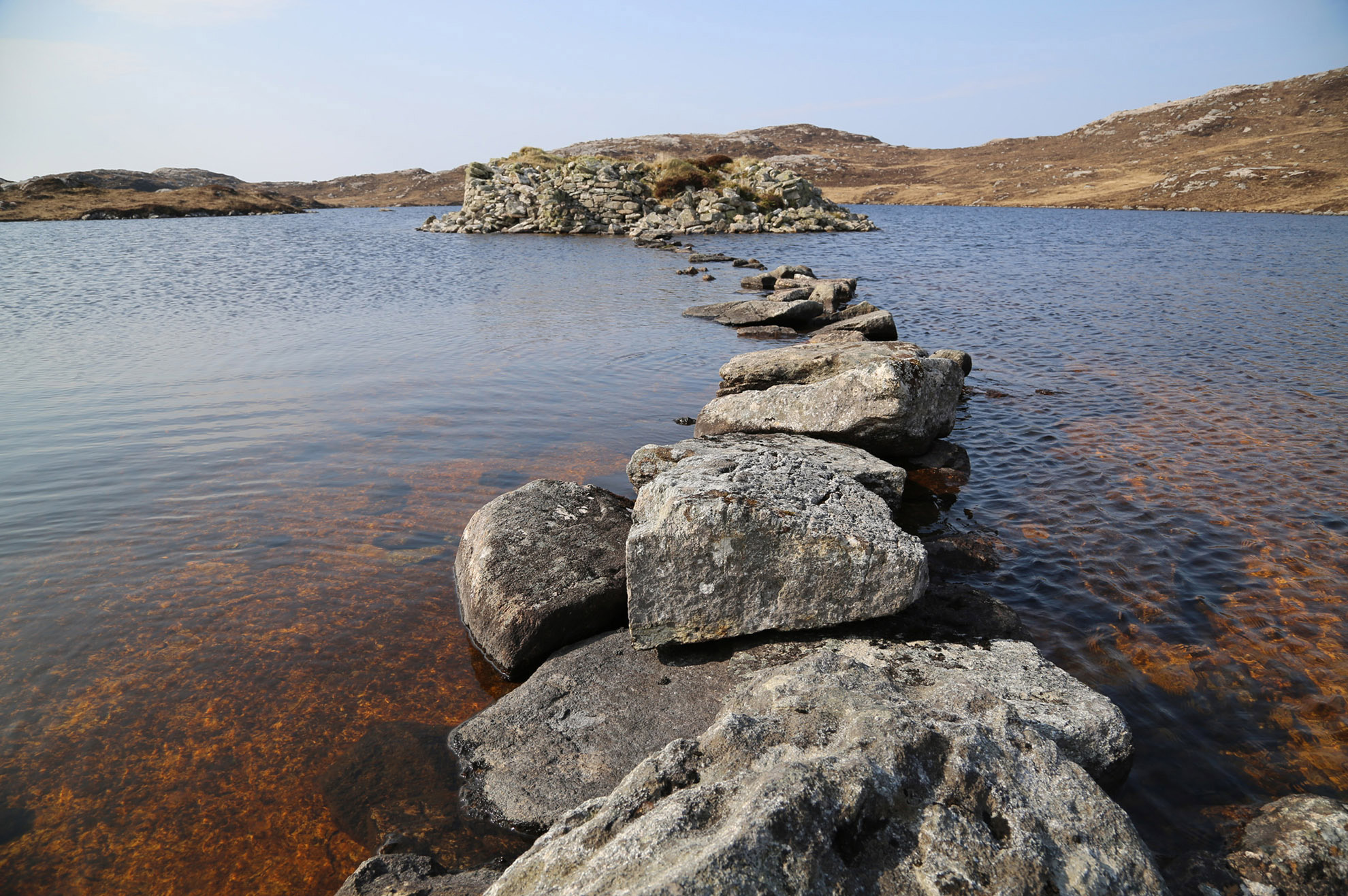
“It is Britain’s largest uninhabited island, but has only four mature trees on it”We want to get trees established, to reduce the size of the deer herd, and to see what other herbivores we can introduce to do some grazing. We have real interest in birds, and Taransay already has several pairs of Golden and Sea Eagles, so it is already quite spectacular. The wonderful thing is that this is a contained ecosystem, with no adjoining properties, so I suppose the aim is to let Mother Nature get on with it, with some help along the way. With Scotland known for its legalised wild camping, have you had to deal with any backlash over the years for your decision to buy the island? What’s your response? We agree with the principles of the right to roam – under which people in Scotland can wild camp and can access private land for their own personal enjoyment – as long as they respect certain simple rules. We are not of the ‘get orrff my land’ school of landowners, and it would be mean-spirited (as well as illegal) to attempt to forbid access. Our only real request is that people respect the environment and don’t leave a mess for us to clean up, and it has to be said that those intrepid enough to get over to Taransay, by yacht or kayak, tend to be respectful of the great outdoors and leave a very small footprint.
“Our only real request is that people respect the environment and don’t leave a mess for us to clean up”So the straight answer is, no, we haven’t had any trouble over this at all, either actually or philosophically, and we support the right to roam. In fact, we do have plans to start offering day trips to Taransay next summer with reduced rates for local people, so this will be a way that people can easily get across to see the place for themselves. I will say that private ownership comes also with responsibility and, sometimes great, expense in terms of caring for the land, its wildlife and its history. So as well as the privilege of what we see as our stewardship of Taransay, there also comes the harder parts of that responsibility.
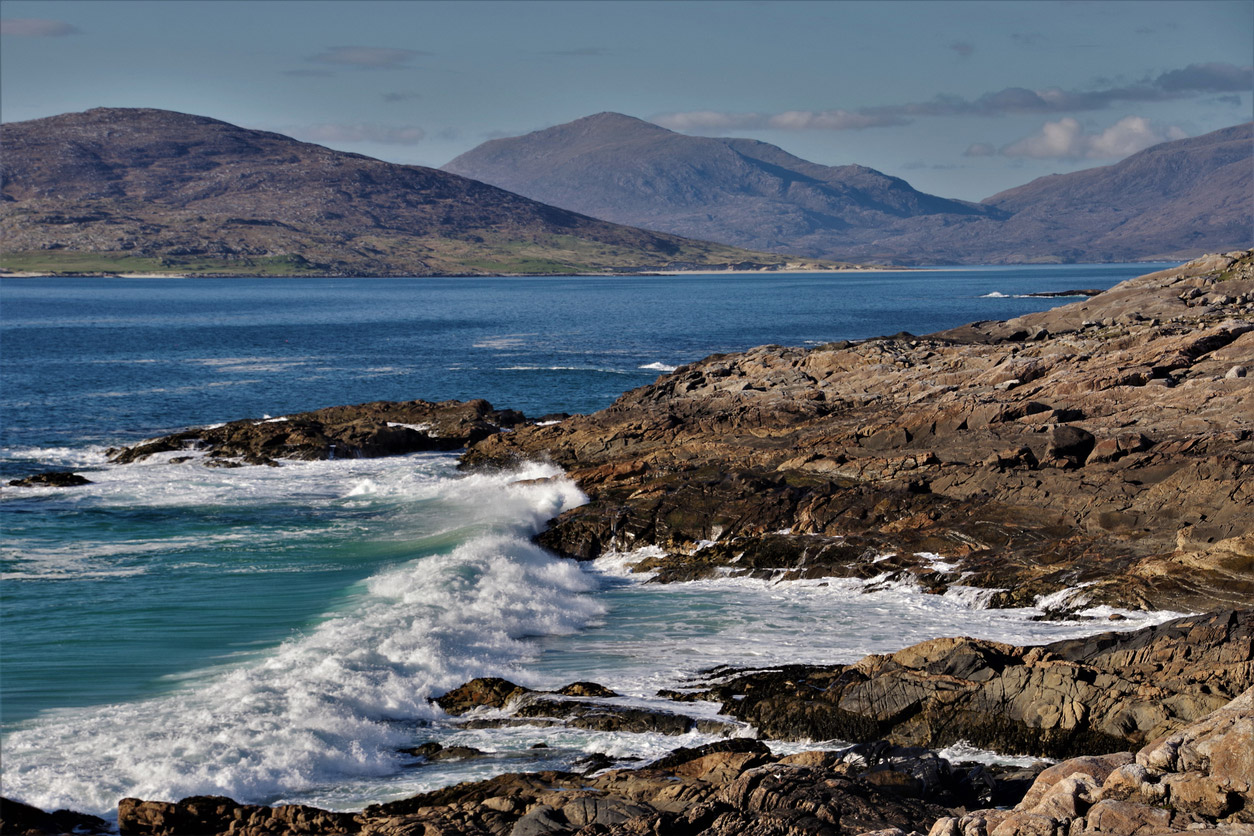
“There are so many examples of landscapes lost to development, and given that Harris is one of the most pristine places left in Europe, we should guard against this”Many things have improved generally, and my view is that we should look closely at the form of tourism we need on Harris, and maybe consider high income/low-impact models that have succeeded elsewhere, and see if we can make these work alongside the very real local considerations. There are so many examples of landscapes lost to development, and given that Harris is one of the most pristine places left in Europe, we should guard against this to protect the islands and the islanders so that all future generations can also benefit, as well as enjoy. ********** For more from our Scotland Issue



